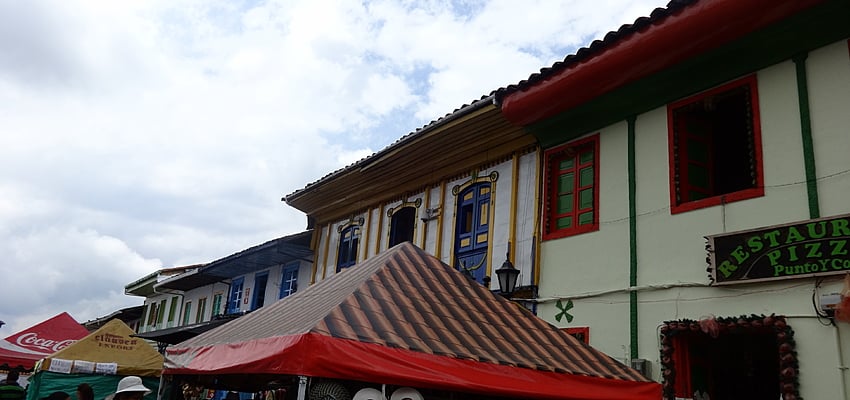


Colombia is a fun-loving country where music and dance are often the order of the day. The country is frequently referred to as 'Locombia' (loco meaning crazy) by its people, in reference to the country's many celebrations. It's a multi-ethnic population boasting a variety of traditional crafts, cultures and religions.
Colombian music is upbeat and derives from an eclectic mix of cultural influences, from the Spanish colonists to the native Amerindians along with styles brought over by African slaves. Today and throughout the country, you'll find that musical styles vary according to the region, not least because Colombia is on a crossroads between Andean and Caribbean cultures. One Colombian music style that's well known in Europe is the very dancey cumbia. Then there's vallenato, champeta and carranga styles. You'll often hear catchy music being played during your trip to Colombia, whether it's on public transport or in restaurants.
Colombia celebrates numerous national festivals where tradition, religion and good vibes rule the day. The coffee producing region is home to a number of these celebrations. Medellín hosts the Festival of Flowers, which lasts for ten days and includes processions and a horse fair. Cartagena's independence is celebrated all over the country on 11th November each year. During April, Easter week is celebrated across towns including Popayán, Mompox, Sabanalarga and Pamplona. Indeed, any reason for a party is reason enough and Colombians certainly do it in style.

Colombia's largest carnival is the Barranquilla, which was added to the UNESCO Representative List of the Intangible Cultural Heritage of Humanity in 2008. It's a huge cultural and folklore festival that runs for a week each February, when thousands of costumes and colours fill the streets. There are several other carnivals including the Manizales Fair in January that celebrates the start of the bullfighting season, the Blacks and Whites Festival in Pasto to the southwest of the country, as well as the Riosucio Carnival, likewise held in January. During your trip to Colombia, you may well find yourself at a carnival; it's the perfect way to join in a national pastime and to enjoy the incredible atmosphere that floods the streets.